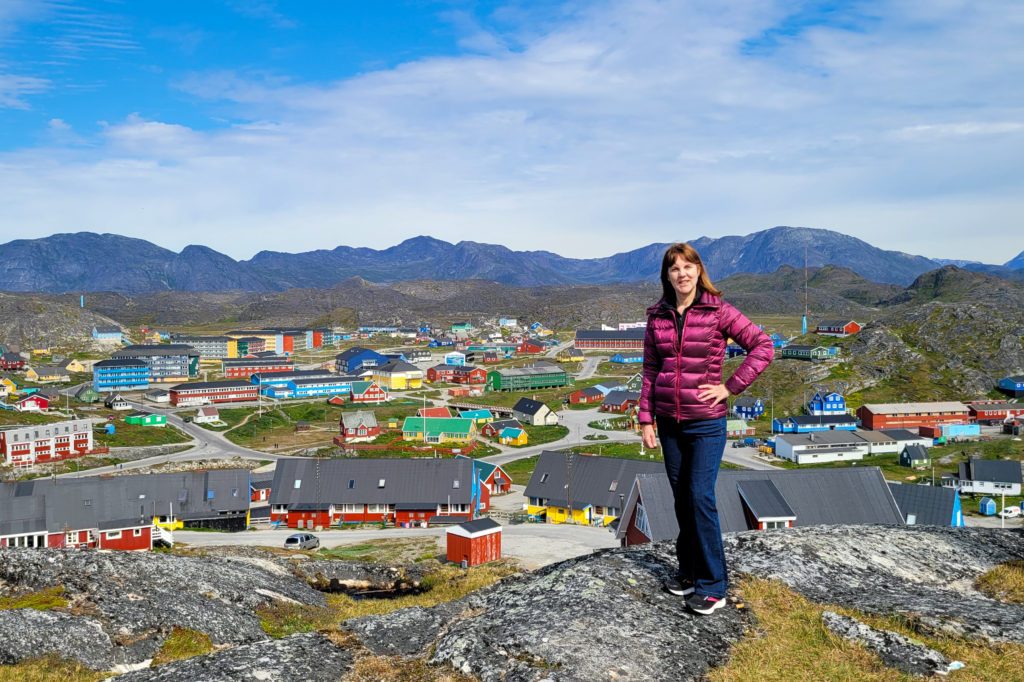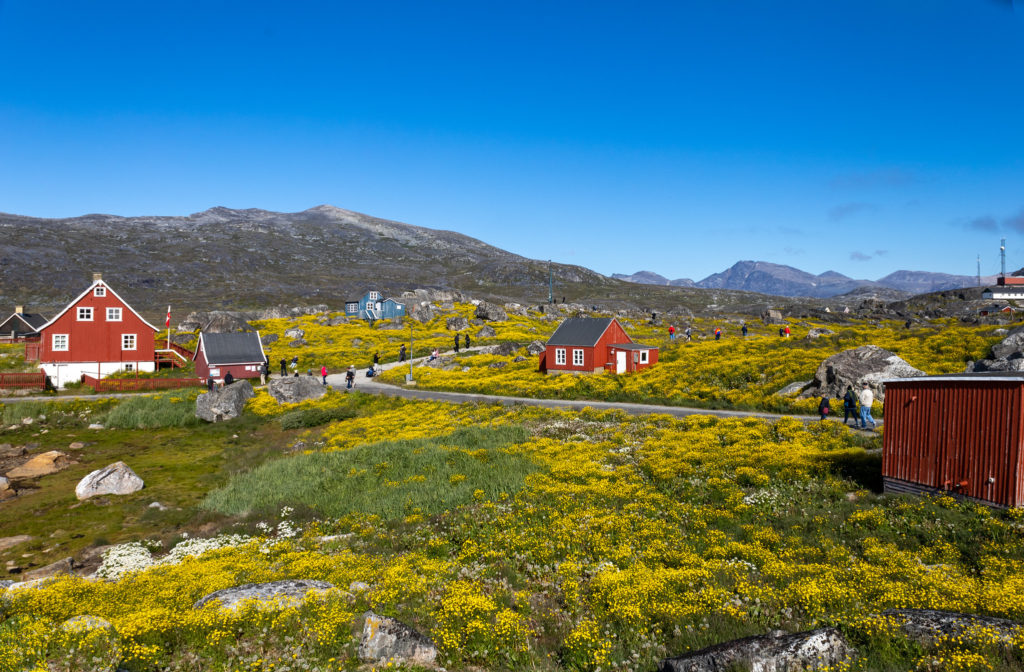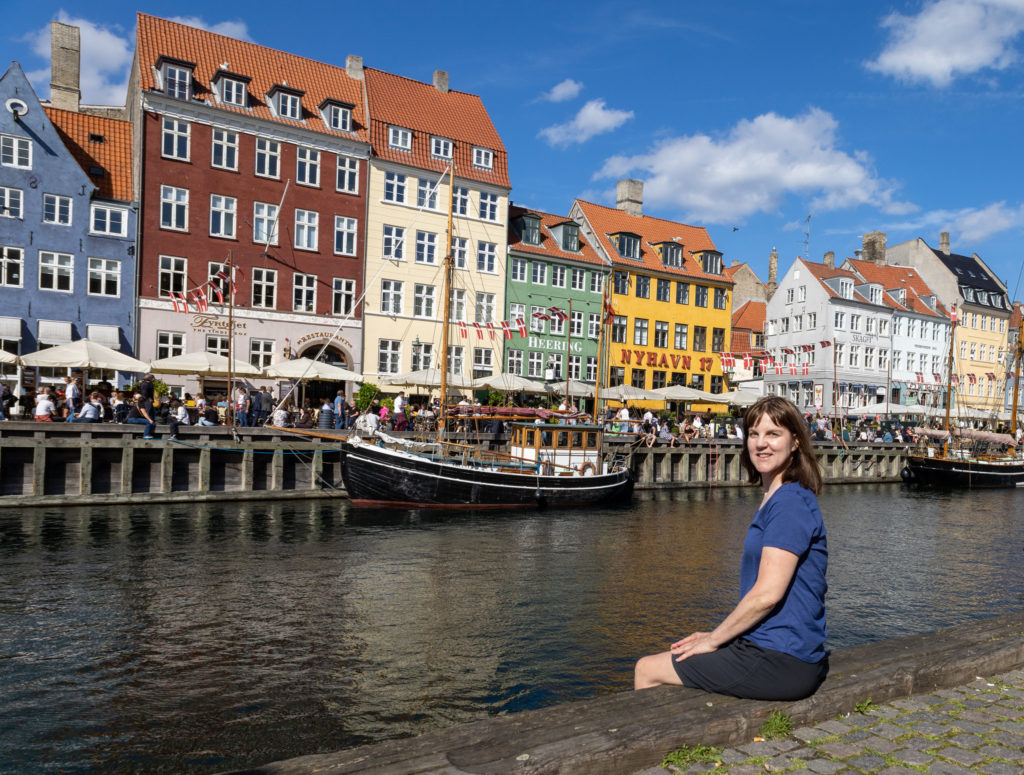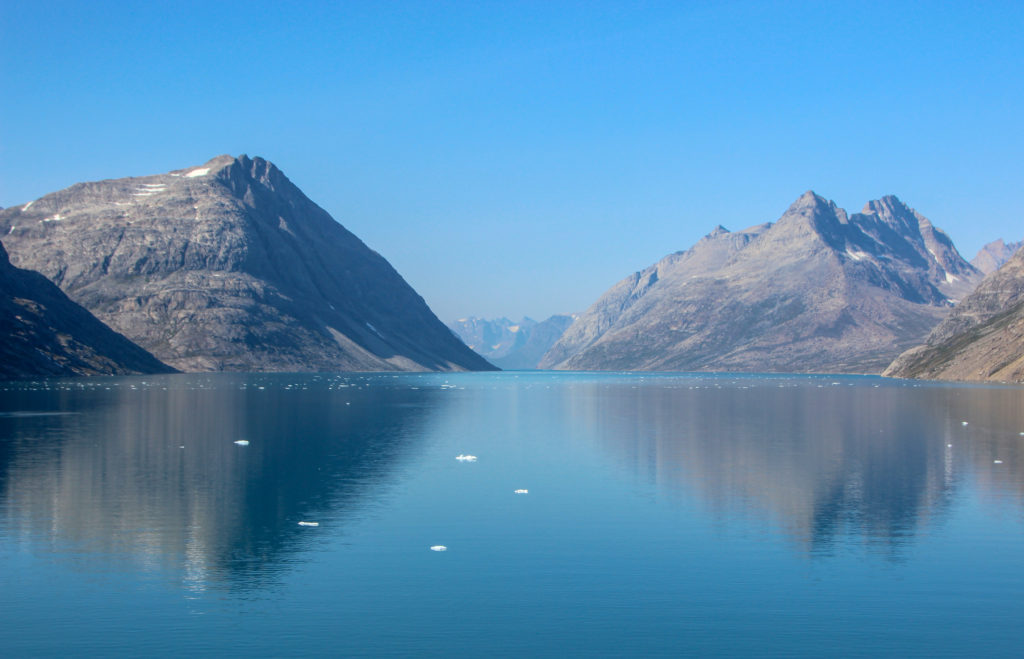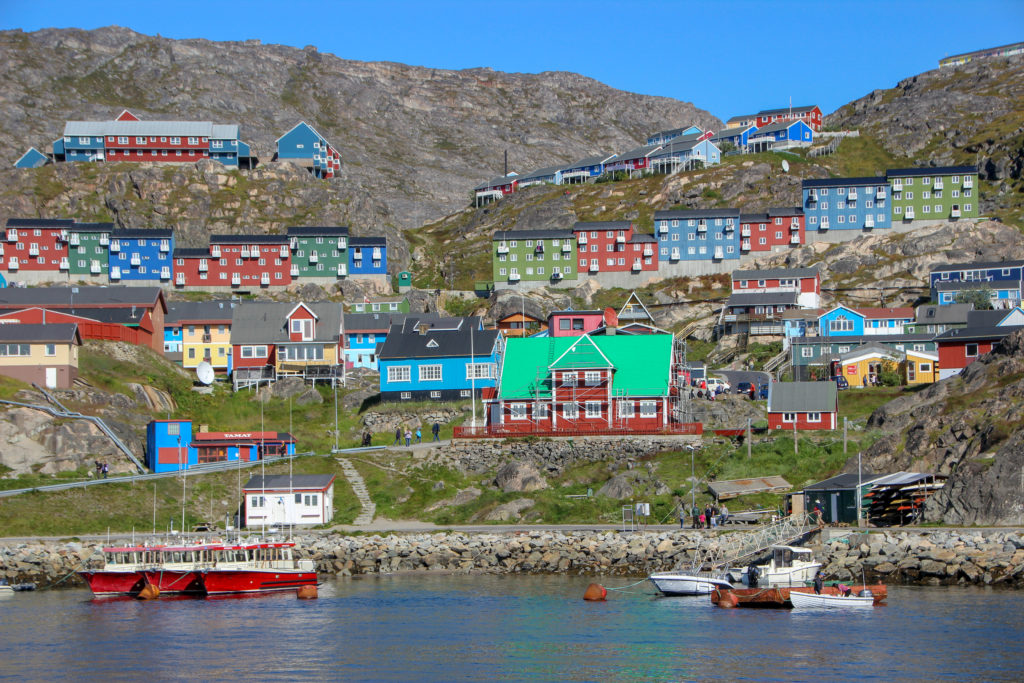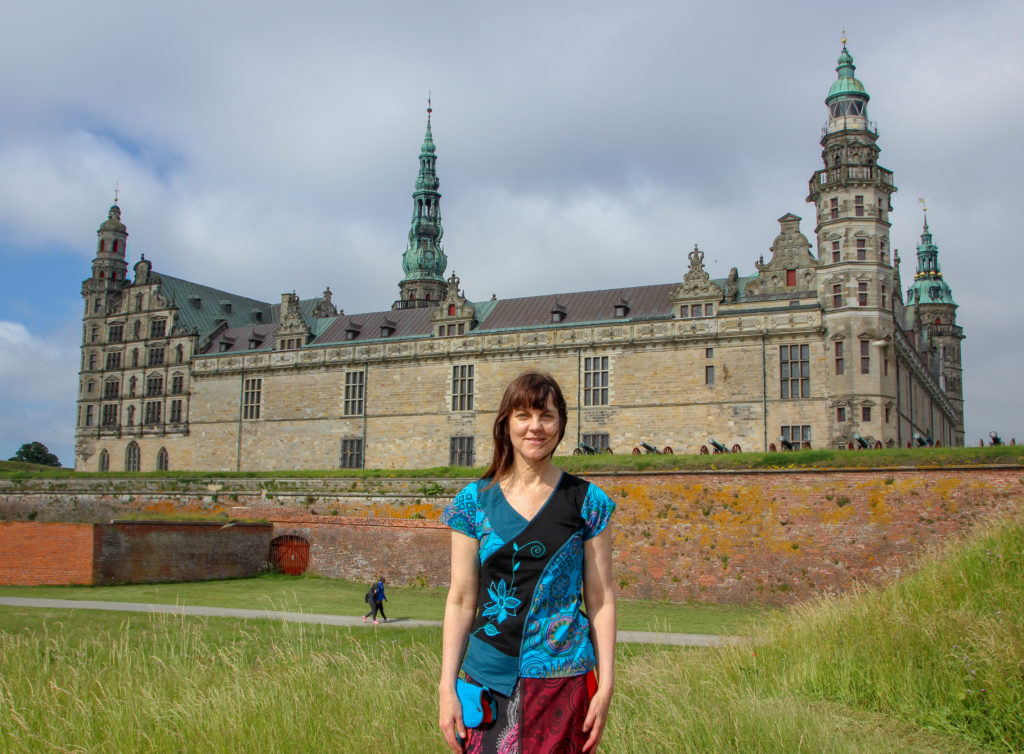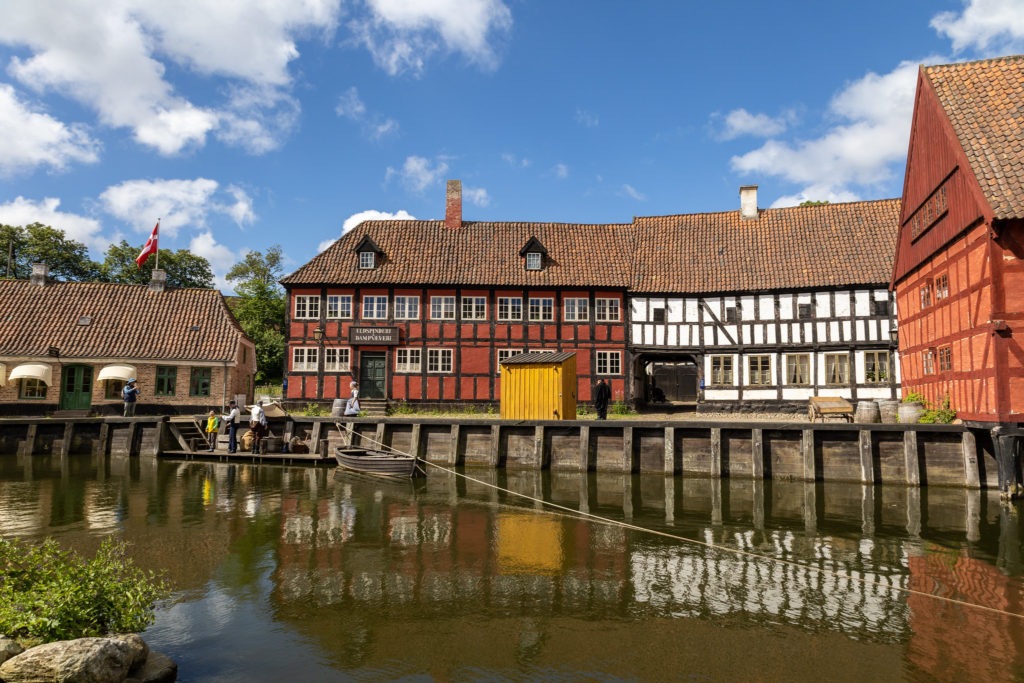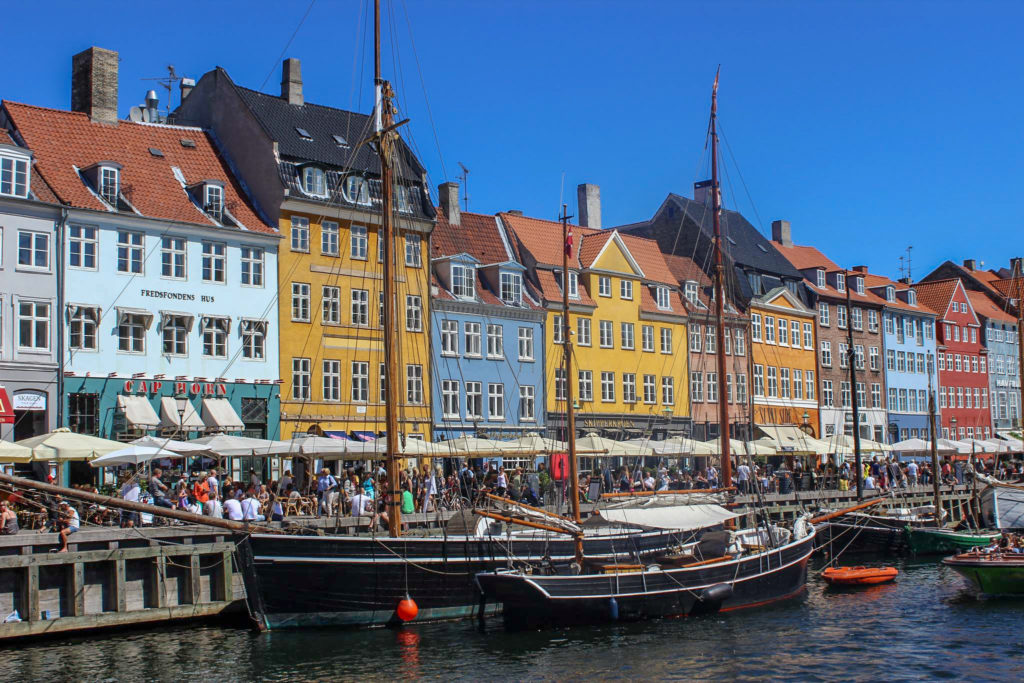
About Denmark
The Kingdom of Denmark is the southernmost of the Scandinavian countries in northern Europe. It is the gateway to the Baltic Sea. Overall, it consists of the main peninsula of Jutland and an archipelago of more than 400 islands in the North Sea. Thus, Denmark is where the North and Baltic Sea meet. The geography is mostly a flat terrain, which helped to cultivate Denmark’s unique bike culture. Even more, the capital of Denmark, Copenhagen, is considered the most Bike Friendly City in the World. Additionally, the remote Greenland and Faroe Islands are part of the Kingdom of Denmark. I have visited here numerous times and love sharing my Denmark Travel Guides.
Denmark has a temperate climate with mild winters having a mean temperature of about 35 degrees. In contrast, cool summers have a mean temperature at about 63 degrees. The Oresund Bridge, connecting Denmark to Sweden is one of the biggest engineering marvels of the world. The 16 km (10 mi) road and rail link consist of a bridge, an island and underwater tunnel. Many visitors take a one-day trip across the Oresund Strait, just to experience this underwater drive.
Denmark shares important historical connections with its Scandinavian neighbors, Norway and Sweden. It is one of the most socially progressive countries in the world. Also, Denmark is a world leader in wind power, providing almost half of the total electricity consumption. Hygge (pronounced “hoo-guh”) is a traditional custom in both Denmark and Norway. Even though it has no direct translation, “cozy” comes close. “Hugga” is a Norwegian term, meaning to comfort, related to the English word hug. Furthermore, it’s experiences involve simple, sensual comforts and social conviviality, such as, sharing a delicious meal, good wine, a nap in the park, gardening, candles, fireplaces or a sunset.
Denmark Travel Guides
Paamiut, Greenland Walking Tour and Highlights
Cruising to southern Greenland is a nice way to explore the coastal villages in summer. As an Acupuncturist-at-Sea, I enjoyed my walking tour in Paamiut and love sharing…
Charming Nanortalik, Greenland Summer Walking Tour – Wildflowers, Icebergs & Music
Nanortalik is a charming village to see and is on the route for cruises crossing the Atlantic. As an Acupuncturist-at-Sea on a cruise ship I enjoyed my Nanortalik…
The Ultimate Travel Guide to Picturesque Copenhagen with 20 Top Attractions
Where else can you experience a gestalt of cosmopolitan old-world charm for a sustainable future in a hip, cultural feast? Even more, the Danish people are known as…
Cruising Greenland’s Prince Christian Sound Highlights
https://www.flickr.com/photos/185512555@N02/50264745798/in/dateposted-public/ Entrance to Prince Christian Sound The dramatic passage of Greenland’s Prince Christian Sound takes you on a journey through untouched waters. Humbly, I cruised through the pristine…
Colorful Qaqortoq, Greenland Walking Tour & Top Things to Do
Catching a sunny day for a Qaqortoq Greenland walking tour was one of my best travel experiences ever. After cruising through Prince Christian Sound in the southern tip…
Kronborg Castle of Shakespeare’s Hamlet: An Incredible Daytrip from Copenhagen
The Kronborg Castle of Shakespeare’s Hamlet takes you to the real-life setting of “The Bards” most famous protagonist. Because it’s just a quick train ride from Copenhagen, I…
Charming Aarhus, Denmark Walking Tour Highlights
Aarhus is a wonderful setting to explore Danish history and modern culture. It’s Denmark’s second largest city and one of the oldest cities in Scandinavia. Yet it’s compact…

